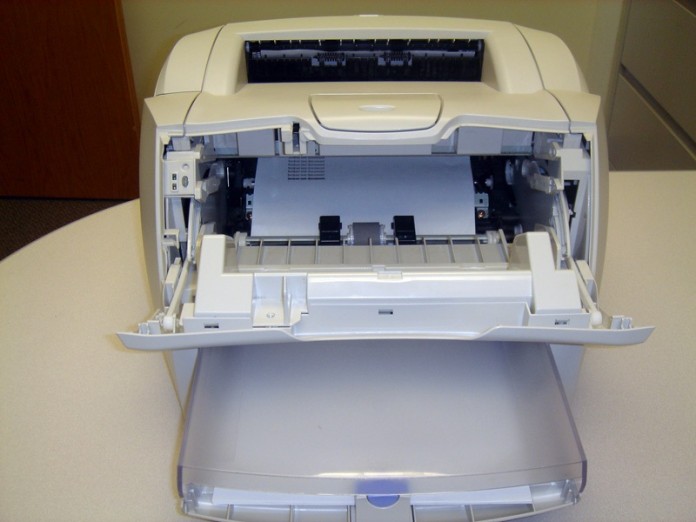Laser ink jet printers provide companies using the energy to deal with durable printing needs at reasonable prices. Laser ink jet printers make use of a toner cartridge to have a metallic, polyester resin compound that’s accustomed to print by page instead of line. When software applications submits output data to some laser printer, the printer breaks that data lower into rosters, that are single-us dot strips.Then starts the electro photographic print process.
Electrostatic Conditioning
Inside the cartridge based, laser printer resides a natural Photoconductor drum (OPC). Via a procedure for electrical programs, the main corona wire conditions theOPC with negative electrostatic charges.
Writing (Imaging or Subjecting)
As long as it’s not uncovered to light, the printer drum can retain that negativeelectrostatic charge. When a billed part of the OPC is uncovered to light, the negative charge within that area is launched. By utilization of short, controlled light pulses for every single us dot within the raster, the printer traces a picture within the drum.
Developing the Look
When the drum continues to be zapped by having an electrical replica from the page to become printed, it’s ready to have an image transfer process. Toner tubes have a liquid-like metallic combination of polyester resin and powdered dye. This is actually the laser printer same as writer’s ink. The items in a toner cartridge are toxic.
Laser ink jet printers also have a mechanism known as the developer curler. It too is conditioned with an adverse charge. Both of these adversely billed products wouldn’t interact unless of course one of these, the OPC device for instance, isimaged. Consequently, polyester resin is drawn to the top of imaged tool andrepelled in the non-conditioned developer curler.

Moving the look
As parts of the OPC cylinder pass the developer curler, toner stays towards theimaged regions of the cylinder. The rotation continues before the toner strikes paper. To be able to lift the toner in the OPC cylinder, the paper should also bezapped by having an electrical charge. The electronics from the system handles this need.
Another device known as the static eliminator strip removes the electrical charge in the paper. However, one problem remains, despite the fact that the look has become in touch with the paper, there’s absolutely nothing to ensure that it stays there.
Enter the action of Fusing
To close paper image towards the paper, two paint rollers are utilized one for warmth and something for pressure. Once the paper passes backward and forward paint rollers, the polyester resin touches and it is then pressed in to the existing paper.

